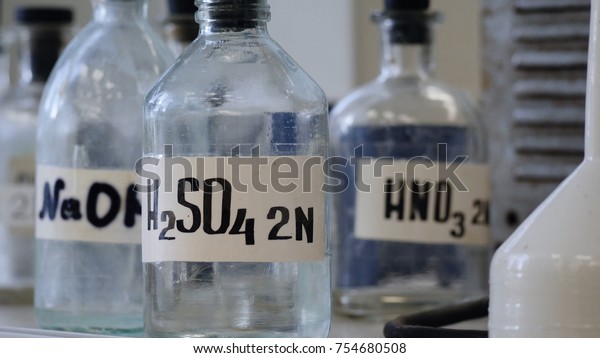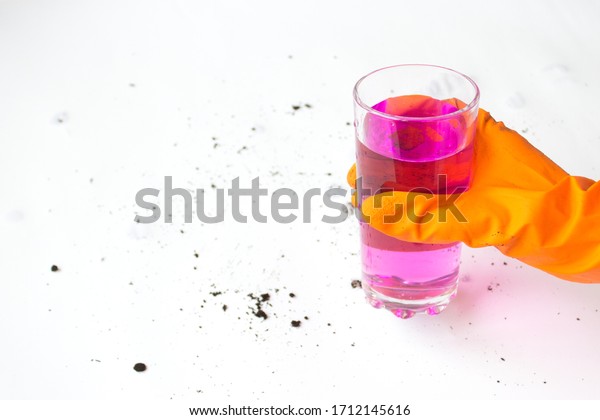In this we will see how to make project on project on 'presence of oxalate ions in guava' and in this project we will discuss following things-
o Aim of the project
o Introduction
o Theory
o Requirements
o Chemical Equations
o Procedure
o Precautions
o Observations
o Calculations
o Conclusions
Aim of the project
AIM:- To study the presence of oxalate ions in guava fruit at different stages of ripening.
Introduction
Guava is a common sweet fruit found in India and many other places around the world. Guavas are plants in the Myrtle family (Myrtaceae) genus Psidium (meaning "pomegranate" in Latin), which contains about 100 species of tropical shrub. On ripening it turns yellow in color. Rich in vitamin C, this fruit is a rich source of oxalate ions whose content varies during the different stages of ripening.Guavas have a pronounced and typical fragrance, similar to lemon rind but less in strength.
WHAT IS OXALATE
IT is a carboxylic acid, primarily found in plants and animals. It is not an essential molecule and is excreted from our body, unchanged. Our body either produces oxalate on its own or converts other molecules like Vitamin C to oxalate. External sources like food also contribute to the accumulation of oxalate in our body. The oxalate present in the body is excreted in the form of urine as waste. Too much of oxalate in our urine results in a medical condition called hyperoxaluria, commonly referred to as kidney stones. Diet is looked upon as a preventive measure in addition to medication to treat kidney stones.
Theory
Oxalate ions are extracted from the fruit by boiling pulp with dilute H2SO4. The oxalate ions are estimated volumetrically, by titrating the solution with KMnO4 solution. A reagent, called the titrant, of a known concentration (a standard solution) and volume is used to react with a solution of the analyte or titrand, whose concentration is not known. Using a calibrated burette or chemistry pipetting syringe to add the titrant, it is possible to determine the exact amount that has been consumed when the endpoint is reached. The endpoint is the point at which the titration is complete, as determined by an indicator. This is ideally the same volume as the equivalence point.
The volume of added titrant at which the number of moles of titrant is equal to the number of moles of analyte, or some multiple thereof (as in polyprotic acids). In the classic strong acid-strong base titration, the endpoint of a titration is the point at which the pH of the reactant is just about equal to 7, and often when the solution takes on a persisting solid colour as in the pink of phenolphthalein indicator
Requirements
(A) Apparatus
100 ml measuring flask

Pestle & Mortar

Beaker
Burette
Funnel
Weighing machine
Filter Papers
(B) Chemicals
1. dil. H2SO4
 2. (N/10)KMnO4solution
2. (N/10)KMnO4solution

procedure
(1) Weighed 50 g of fresh guava and crushed it to a fine pulp using pestle and mortar.(2) Transferred the crushed pulp to a beaker and added about 50 ml dilute H2SO4 to it.
(3) Boiled the content for about 10 minutes. Cooled and filtered the contents in a 100 ml measuring flask.
(4) Made up the volume 100 ml by adding ample amount of distilled water.
(5) Took 20 ml of the solution from the flask and added 20 ml of dilute sulphuric acid to it.
(6) Heated the mixture to about 600 C and titrated it against (n/10) KMnO4 solution taken in a burette till the end point had an appearance of pink colour.
(7) Repeated the above experiment with 50 g of 1day, 2 day and 3 day old guava fruits.
for more information you can see your pdf file and videos
video
pdf 1
pdf 2
download pdf
pdf 1- click here
pdf 2-click here









0 Comments